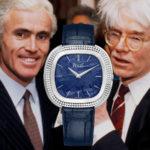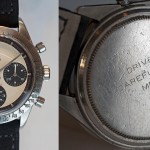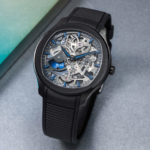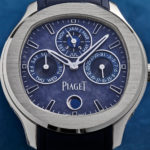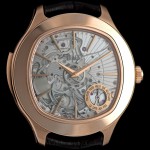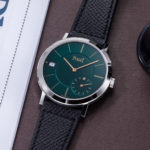Hands On: Piaget Andy Warhol
Elegant, oversized seventies style.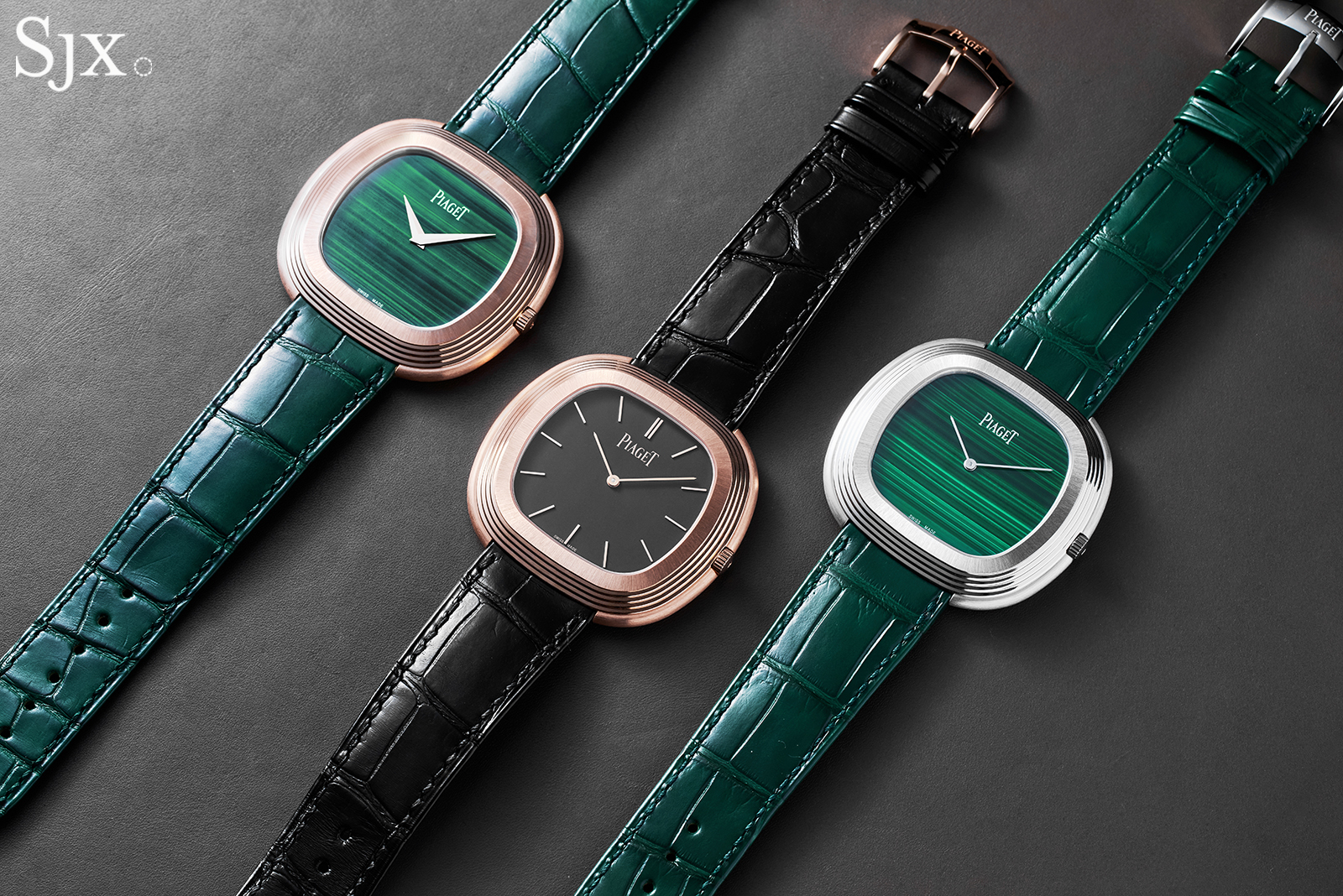
Having first introduced its Beta 21-inspired wristwatch over a decade ago, Piaget rebooted the concept this year by renaming it the Piaget Andy Warhol thanks to a freshly inked agreement with the American artist’s foundation. The watch retains the same oversized style format defined by a many stepped bezel and clean dial, but now adds the option of customisation in both dial and case materials.
Though pricey for a time only watch, the Andy Warhol is arguably Piaget’s best formal dress watch for men. It’s just as elegant as the brand’s round watches, but substantially more distinctive. And the Andy Warhol nickname makes it more memorable than it was before.
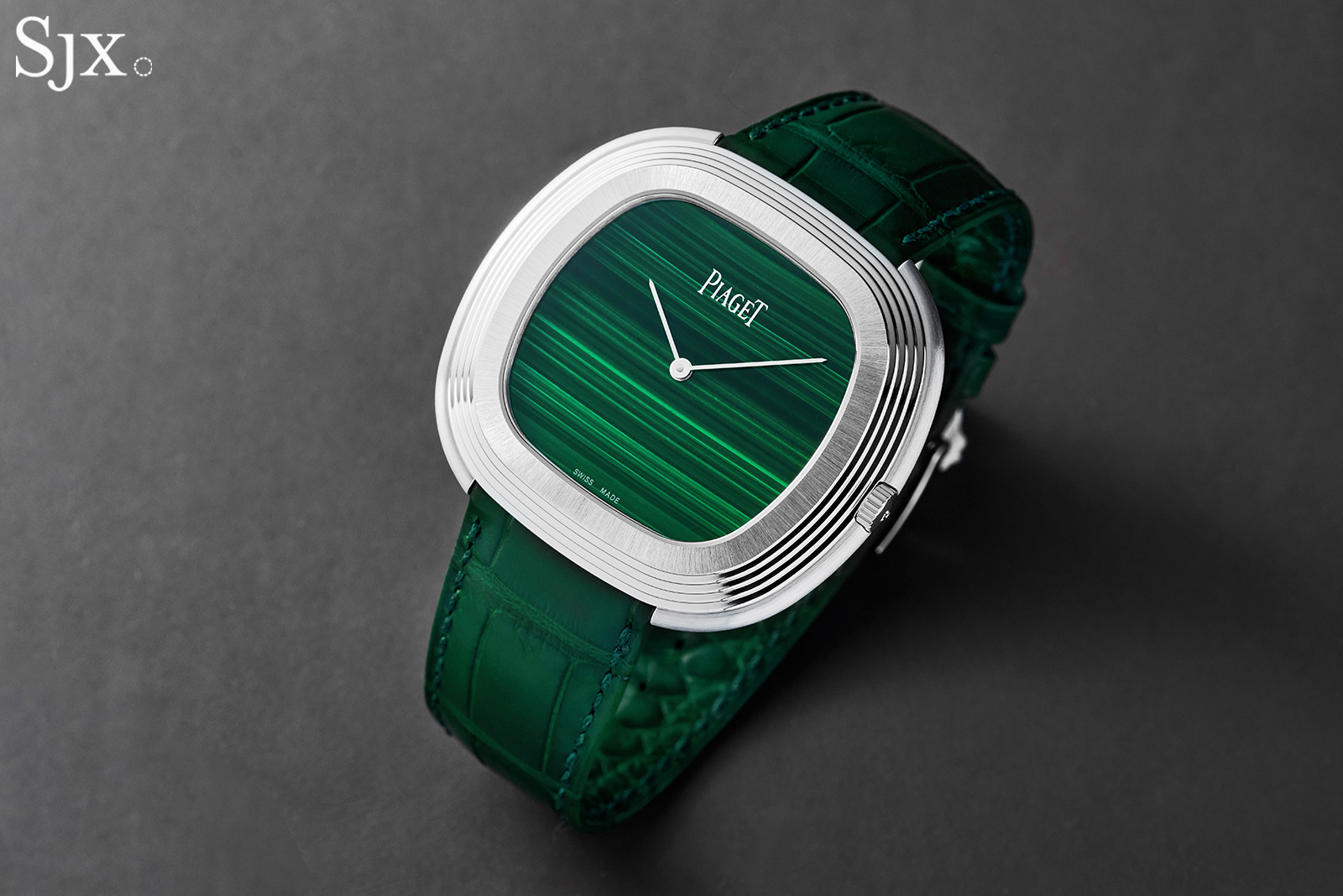
Initial thoughts
Piaget’s most significant recent watch in technical terms is unquestionable the Altiplano Ultimate Concept, but ironically it is somewhat too thin to be elegant. The wafer-slim case feels a little strange on the wrist. The Andy Warhol, on the other hand, is large, but elegant and especially glamorous in certain variations like the malachite dial.
In fact, the case is oversized – the case is 45 mm wide – but very thin around 8 mm, giving it a sleek profile but large presence on the wrist. And up close the multiple steps on the bezel give the design surprising flair given its overall simplicity.
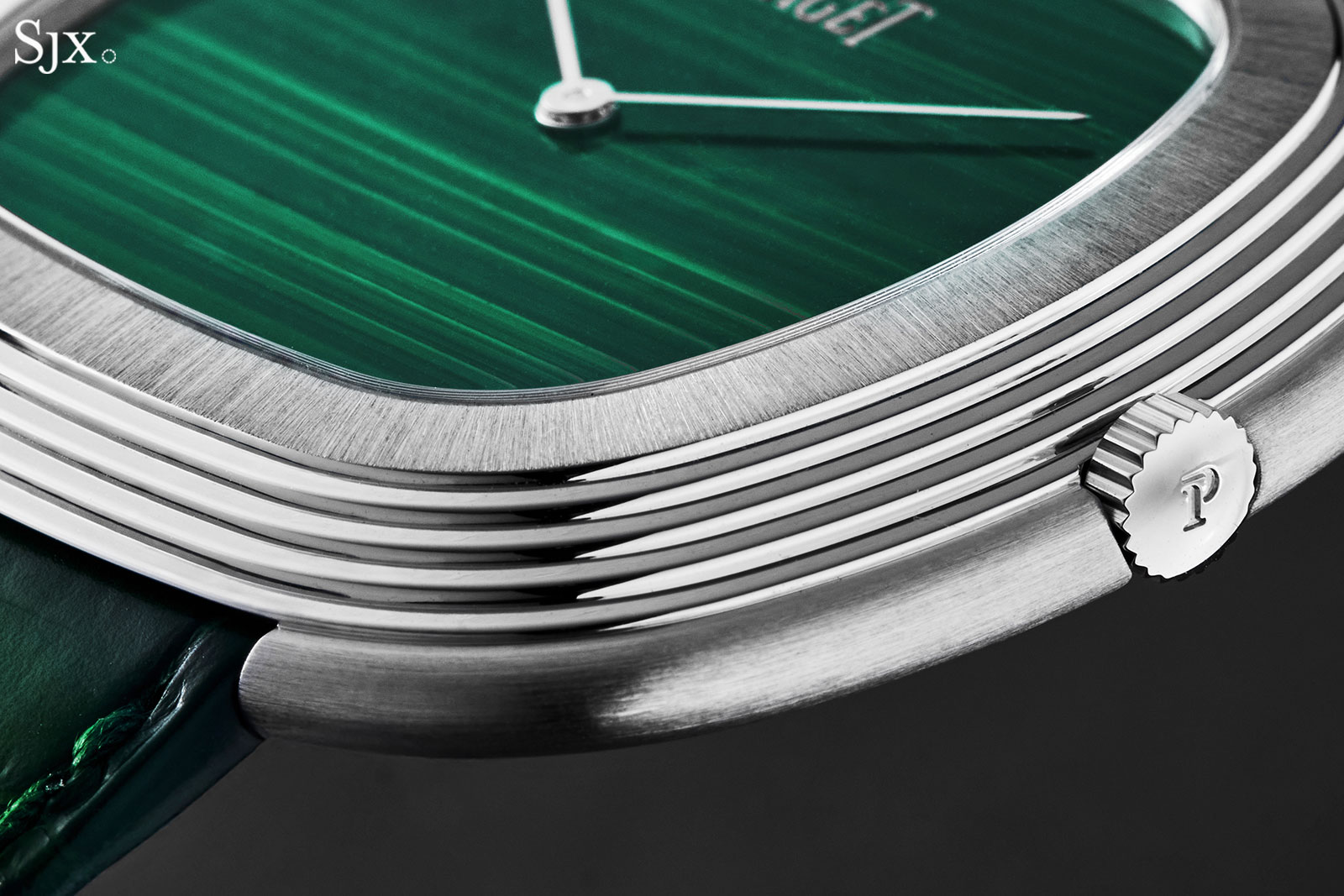
The large cushion form easily passes for a 1970s watch, but this is not an exact remake. Instead it is loosely based on the Piaget Beta 21, a pioneering quartz wristwatch, a specimen of which was owned by Andy Warhol, hence the name.
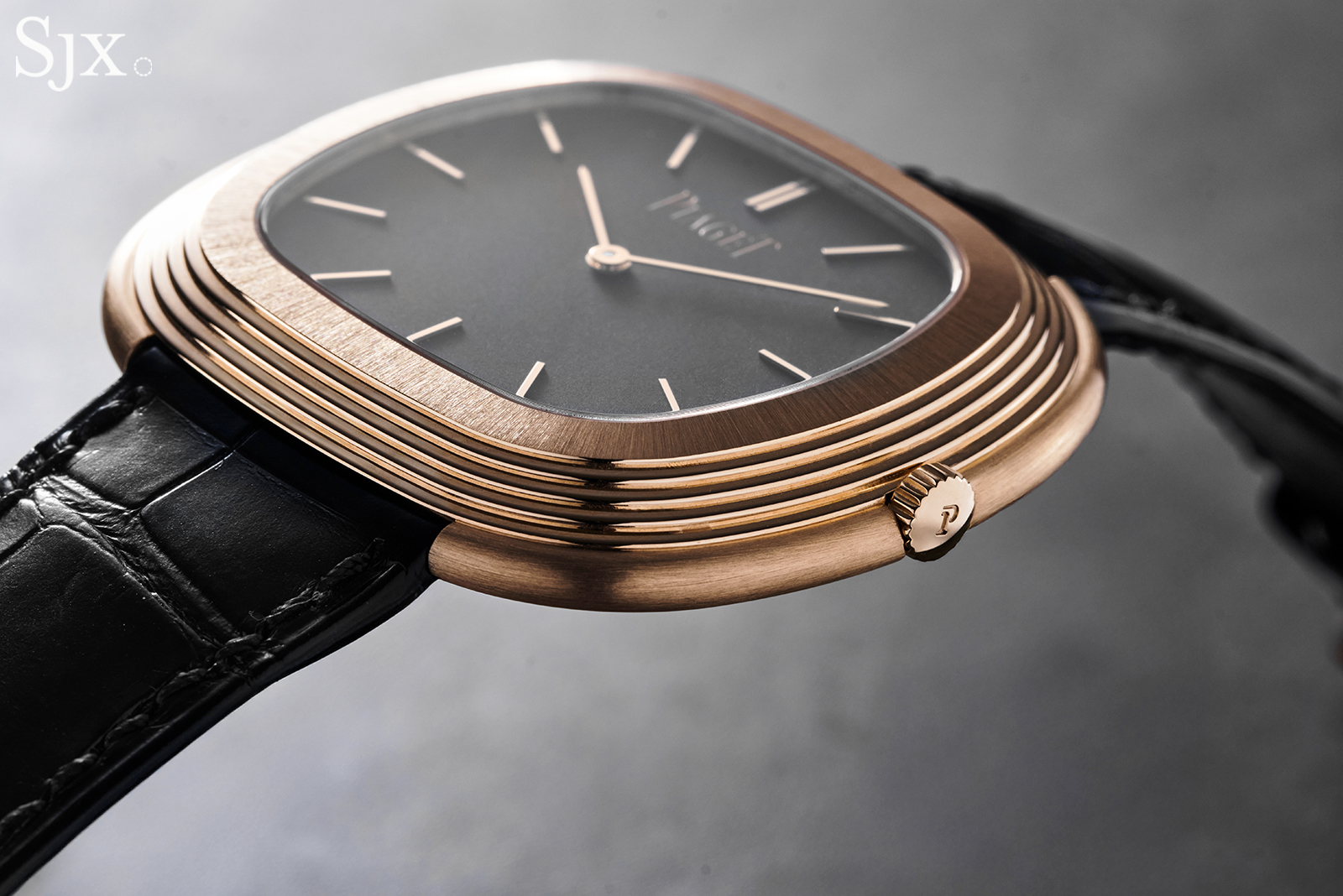
Piaget’s agreement with the Andy Warhol Foundation makes the nickname official. The horological link to Warhol is a little distant – the Piaget was one of over 300 the artist owned – but Warhol was historically tied to the brand. The artist was friends with Piaget’s then-head, the suave and jet setting Yves Piaget, and many photos captured them at fashionable events in the 1980s.

Yves Piaget (left), with Andy Warhol, in 1984
More importantly, the Andy Warhol nickname is smart and useful because it’s catchy and evokes the 1970s while making the watch more memorable. The model’s prior name, Black Tie Vintage Inspiration, was uninspired and clunky. While the nickname doesn’t quite elevate this to “Paul Newman Daytona” status, it certainly does make the watch more than just another retro watch.
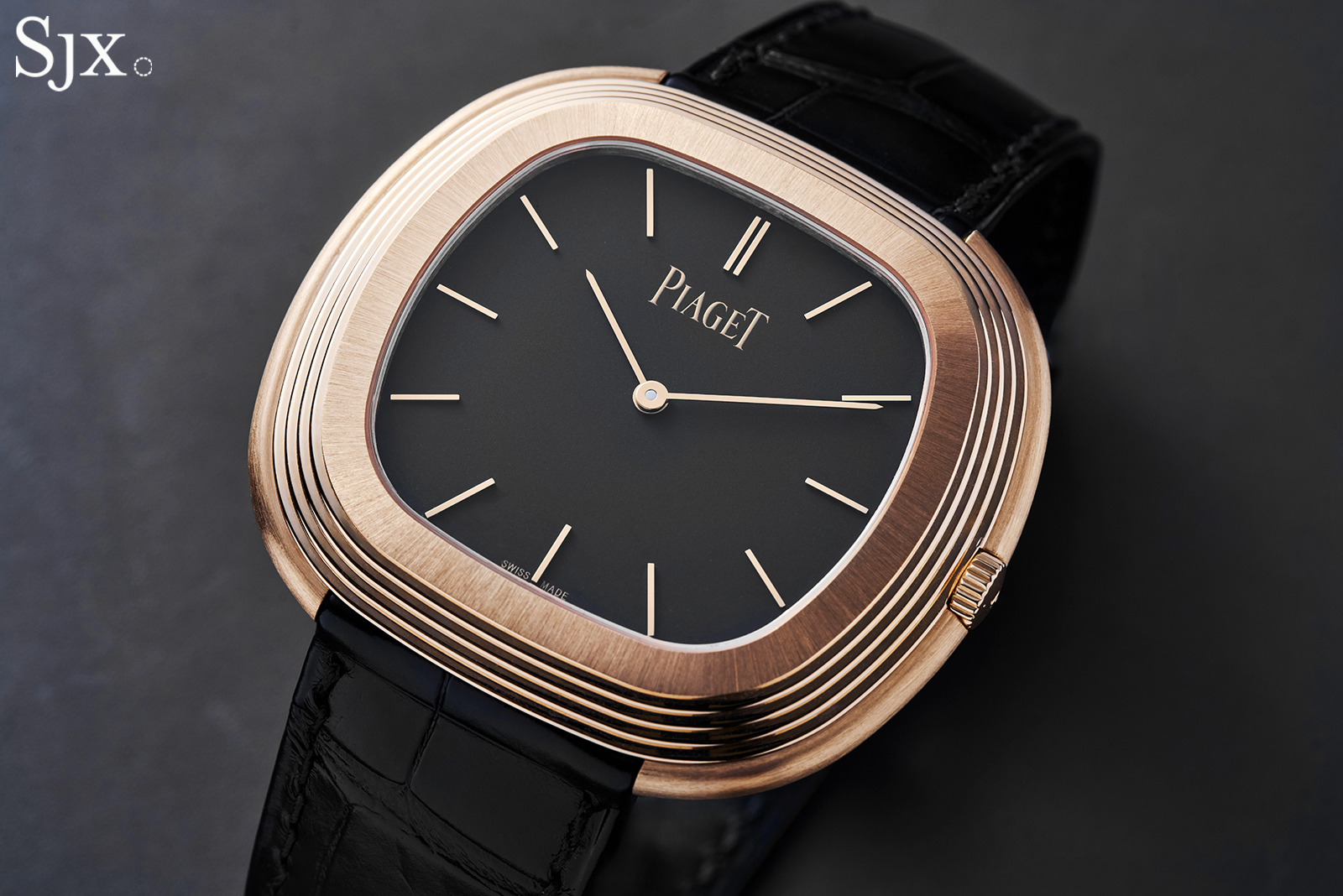
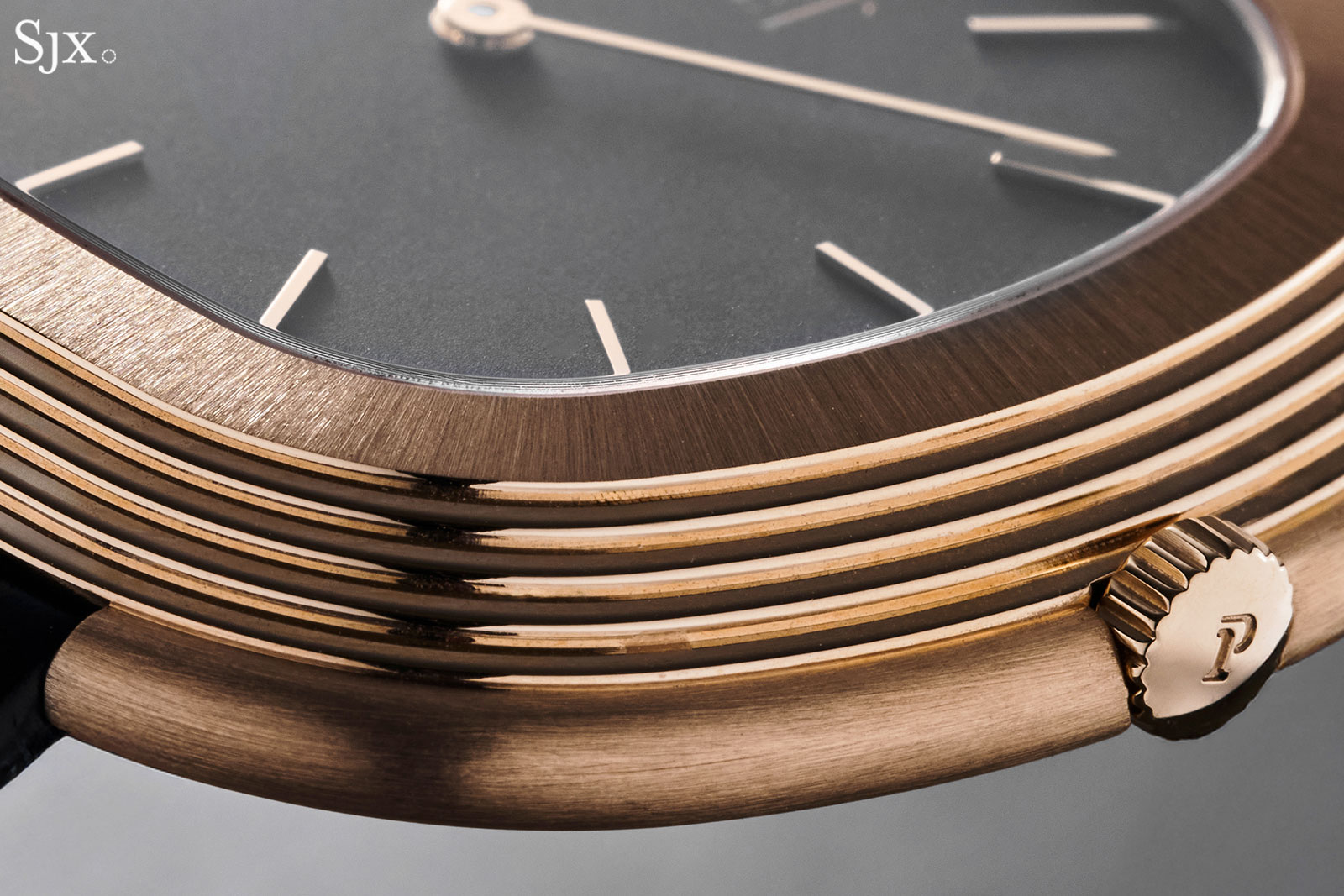
The Andy Warhol is a flagship form watch and Piaget has priced it as such, just like its peers (think Cartier Pebble). This is a time-only watch with a competent workhorse movement and big price tag – the versions with a mineral stone dial are priced around US$55,000.
Sticker shock is alleviated slightly by the fact that the Andy Warhol is customisable. Clients can choose from a selection of hands, dial and case materials, as well as the bezel finish, making each watch relatively unique. The version with a gem-set bezel is especially outstanding (and no doubt especially expensive). If Piaget keeps production of the Andy Warhol to a minimum (as it is now), the rarity of the model will help rationalise the price.
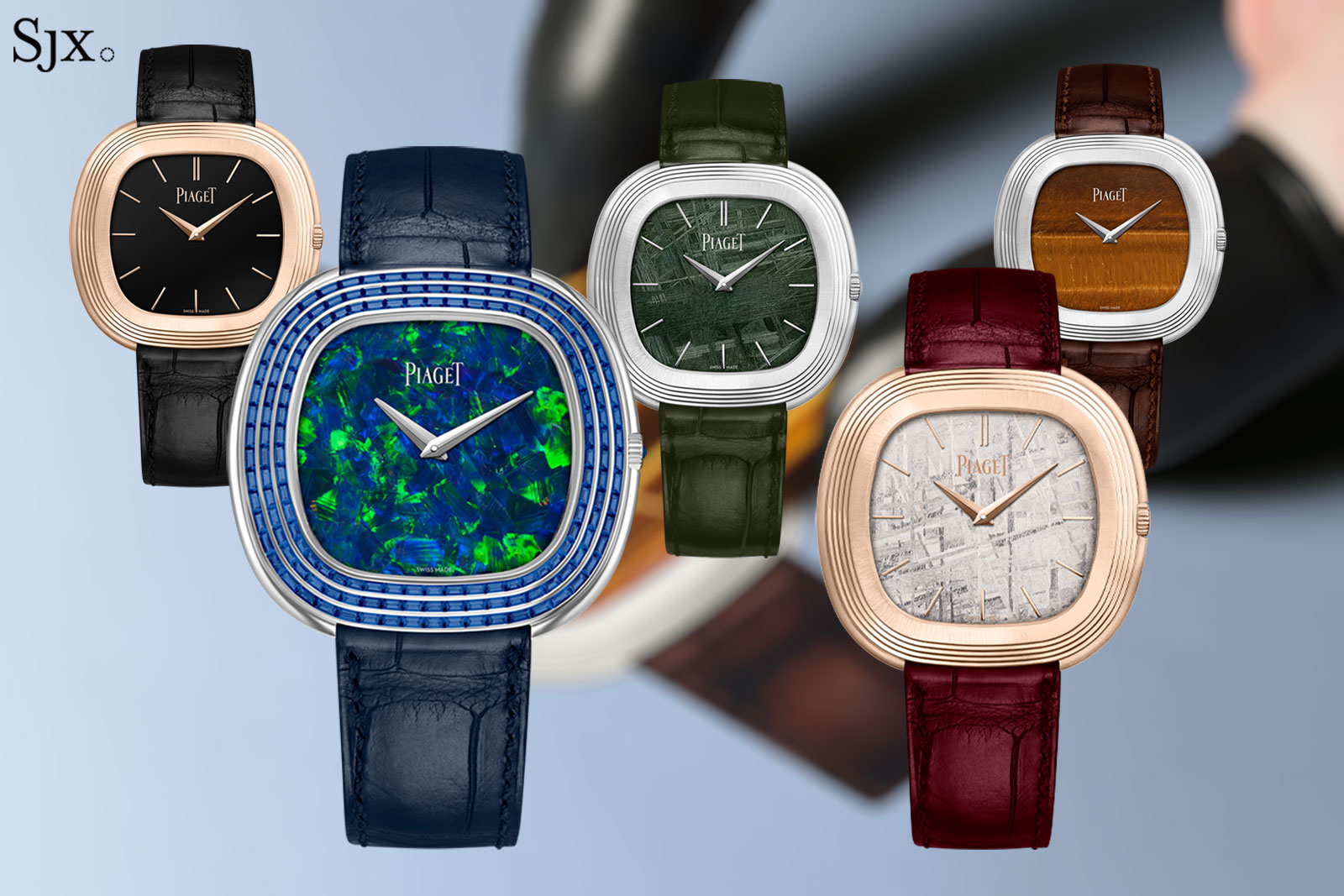
A range of options for the Andy Warhol
While this is far from being a value proposition, in the narrow segment of distinctive form watches with exotic material dials, the Andy Warhol stands out.
And finally, it’s worth noting the latest version of the Andy Warhol with the clous de Paris bezel that’s arguably the best. It’s not a remake since the vintage originals never existed with a textured bezel, yet it feels perfectly at home in the 1970s. It was conceived as part of a project with Phillips auctioneers that never happened; more on that below.
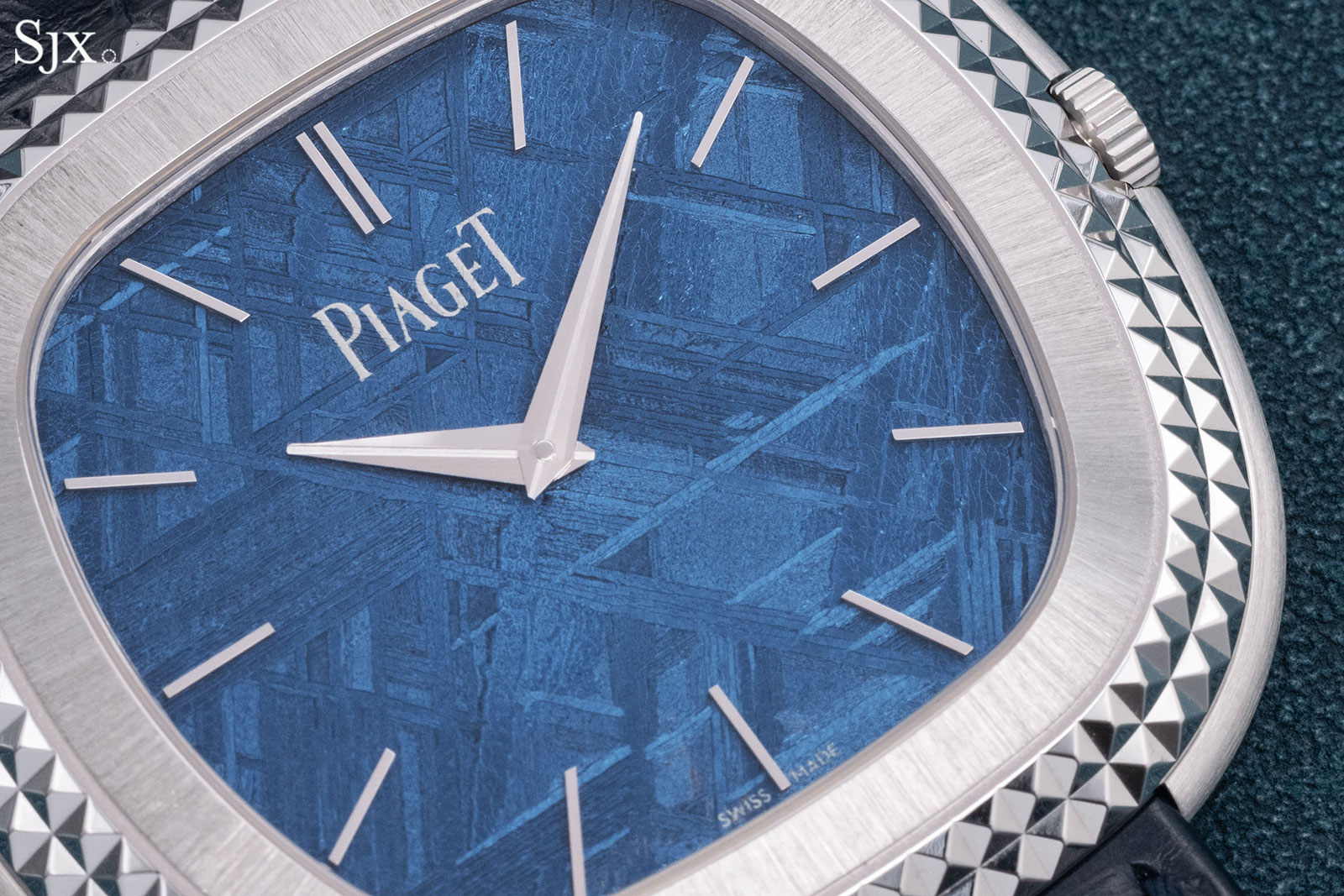
A pioneering quartz
The Andy Warhol is modelled on the ref. 15101 of 1972 that was one of the first Swiss quartz watches. It was powered by the Beta 21, the first quartz movement made in Switzerland. At the time, the Beta 21 was extremely advanced and equally expensive to produce. Besides Piaget, other makers of Beta 21 wristwatches included Omega, Patek Philippe, and Rolex; most of the Beta 21 timepieces were top of the line models in gold cases due to the movement’s high-end nature.
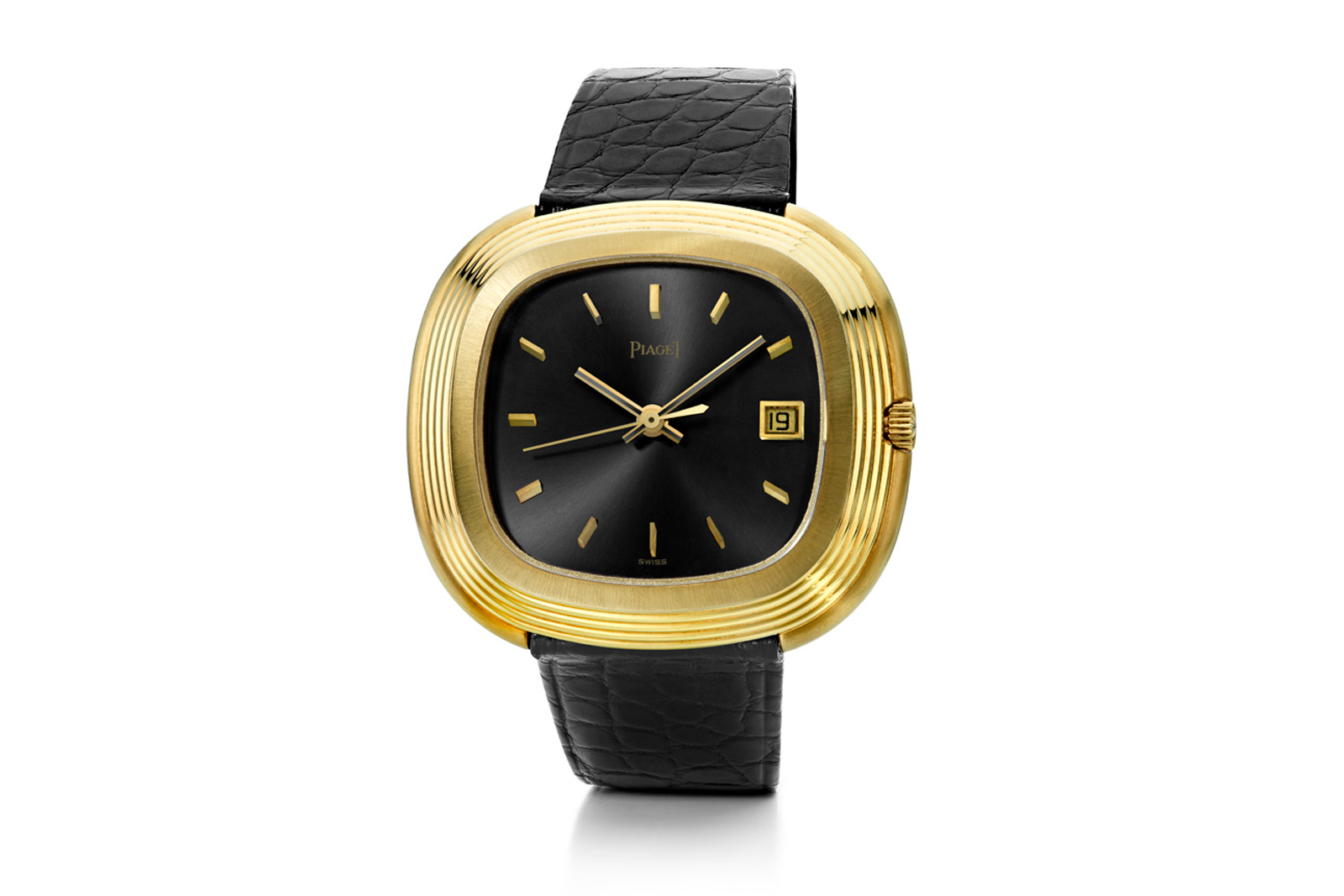
Andy Warhol’s own Piaget Beta 21 that was sold by Sotheby’s during his estate sale after the artist’s death and is now owned by Piaget
Warhol himself owned an example of the ref. 15101 with a stepped bezel (other variants existed), which formed the template for the modern-day equivalent. Piaget retained the design of the original that was already 45 mm wide, enormous for its time.
The modern Andy Warhol is thinner than the vintage original due to the relatively slim automatic movement inside. Ironically, while the thick original contained a cutting edge movement, the new Andy Warhol is powered by an ordinary automatic yet is still thin enough.
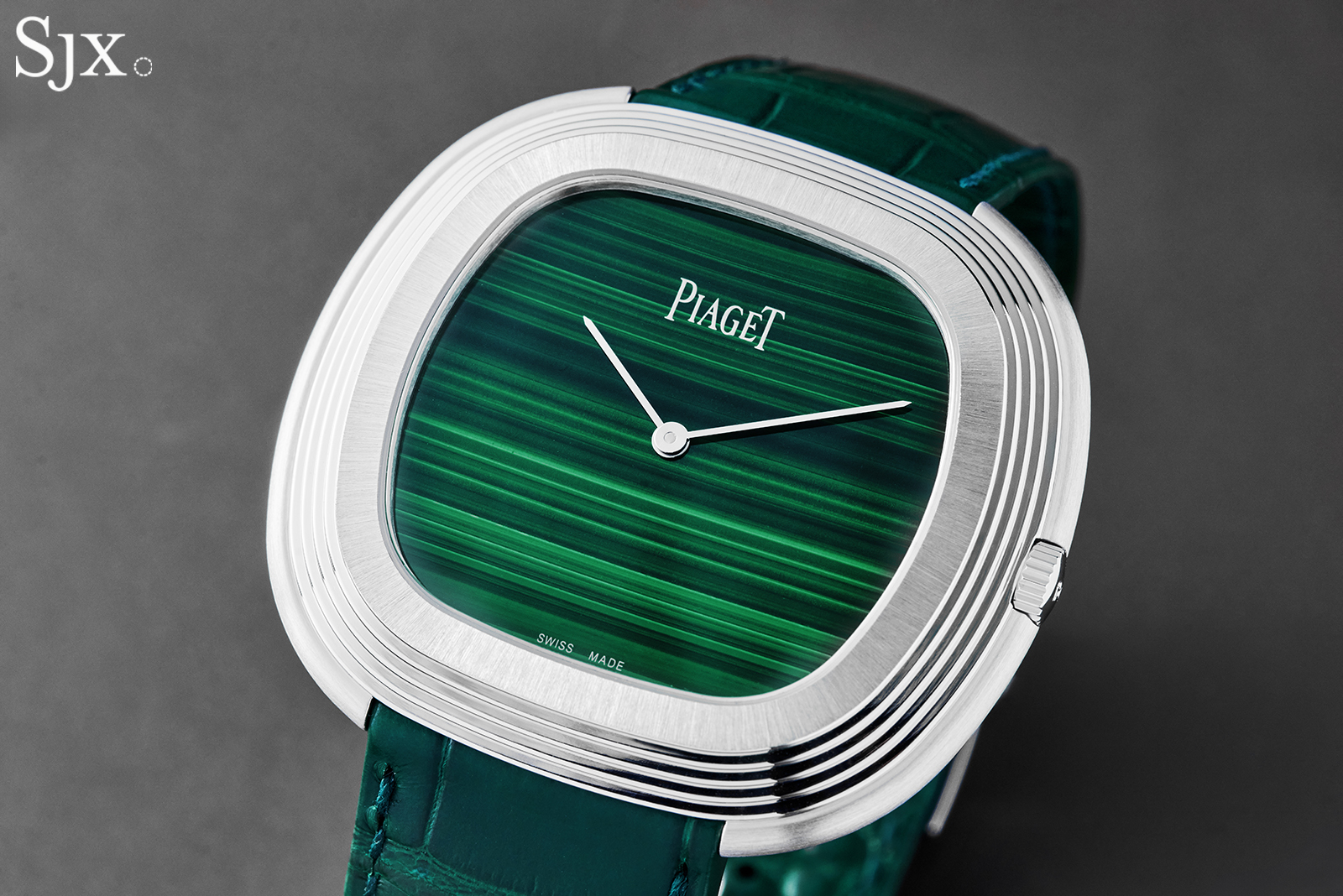
Today’s Andy Warhol sticks to the five-stepped bezel by default, which surprisingly doesn’t add much to the case height. The case is either 7.6 mm or 8.08 mm, depending the calibre inside (Piaget employs two different but related movements in the model, the cals. 501P and 534P).
Due to the design of the watch, it isn’t really apparent how thin the case is until you see it in the meta, or better yet, put it on the wrist. It does feel like a black tie watch, as the model’s original name correctly suggest.
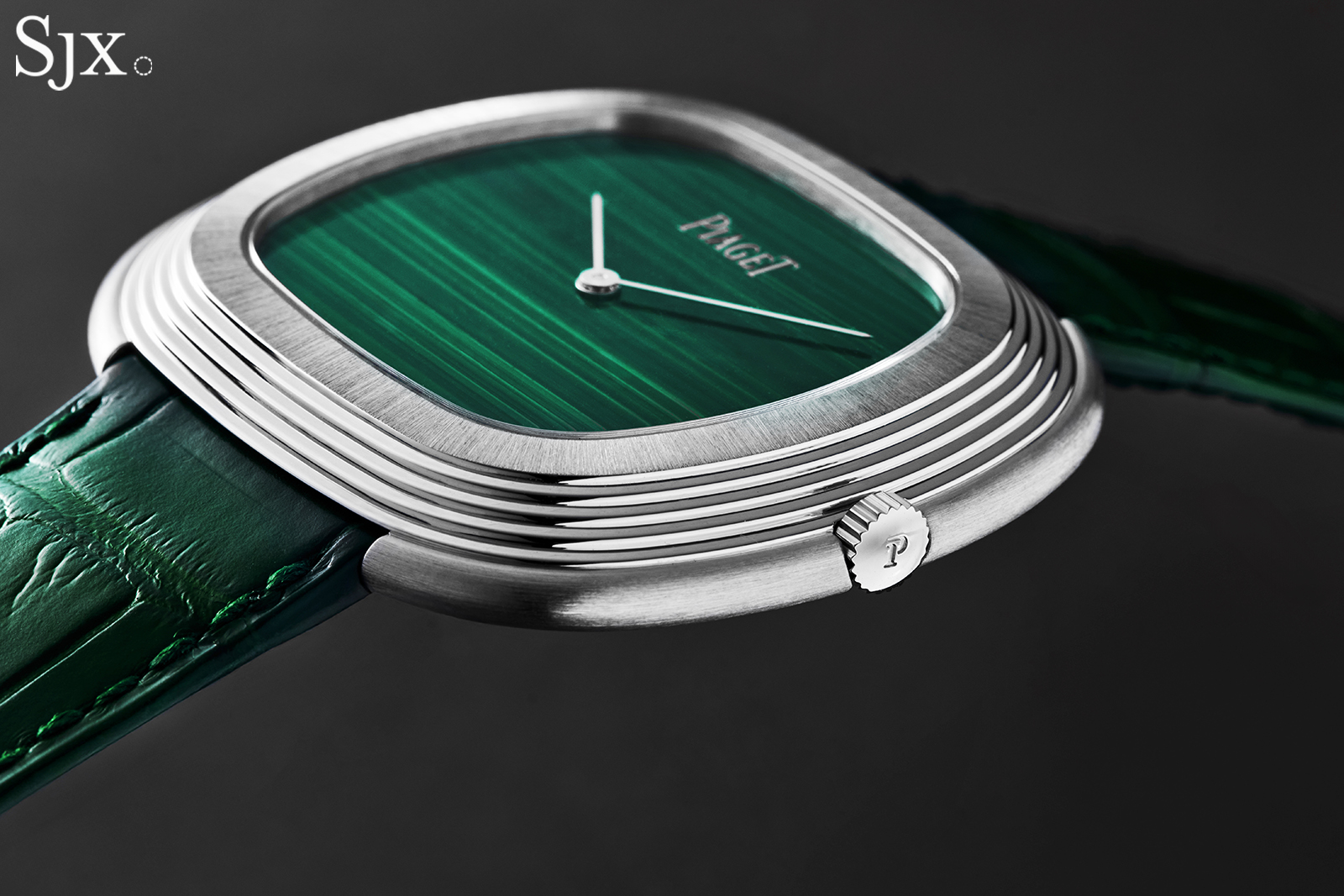
Interestingly, Piaget unveiled a new iteration of the case earlier this year that is a new creation – the original ref. 15101 never had a hobnailed bezel. Yet the clous de Paris bezel is a perfect fit for the design, so much so it could pass for a 1970s watch.
This iteration was originally conceived by Aurel Bacs and Alex Ghotbi of auction house Phillips for a collaboration project with Piaget that never came to fruition. Piaget is, however, offering the hobnail bezel as an option in customising the Andy Warhol.
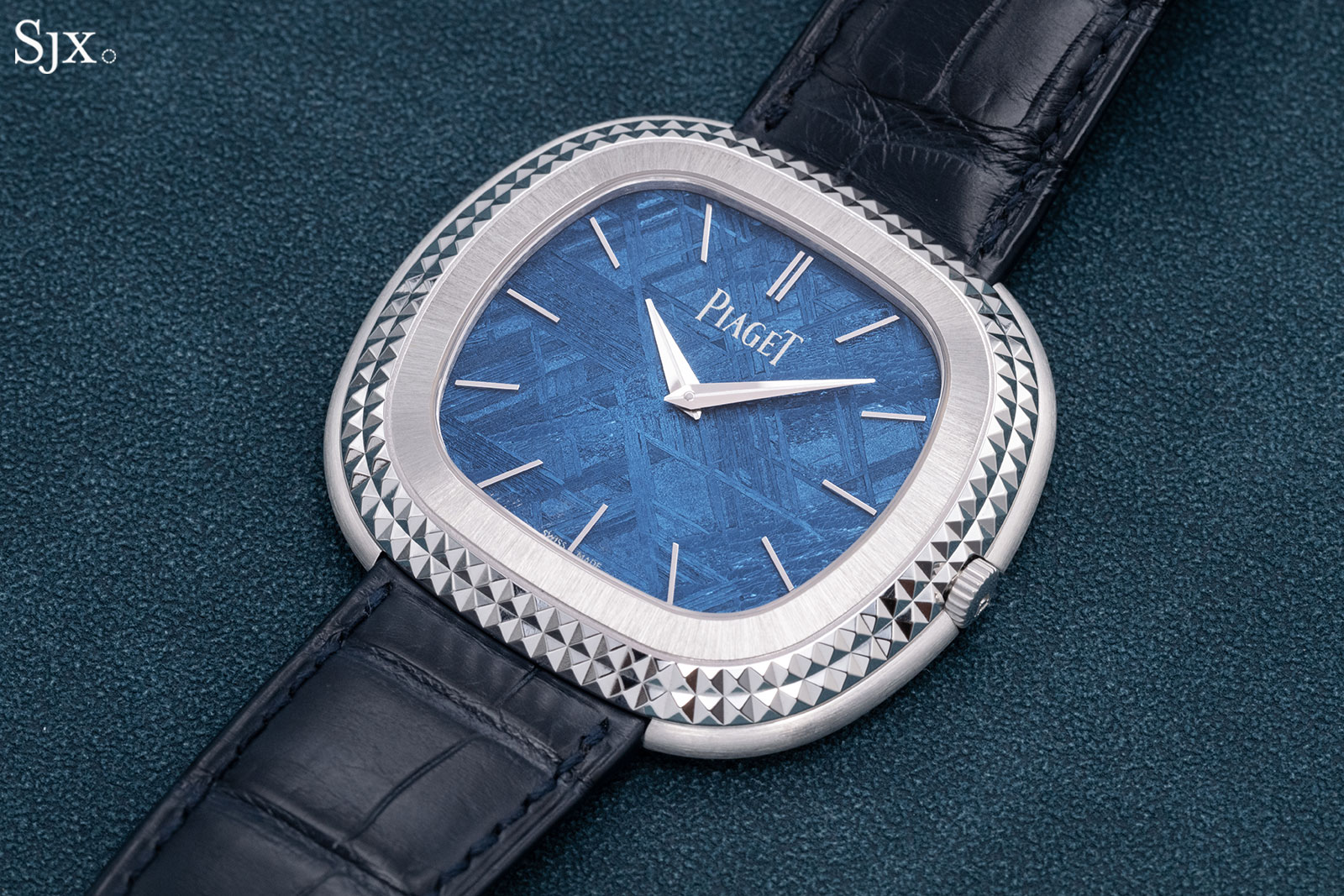
The Andy Warhol has a solid back neatly engraved with Piaget’s coat-of-arms. Under the back is the cal. 534P or cal. 501P, depending on the exact reference of the model. Both are fundamentally identical, but vary slightly in diameter and thickness.
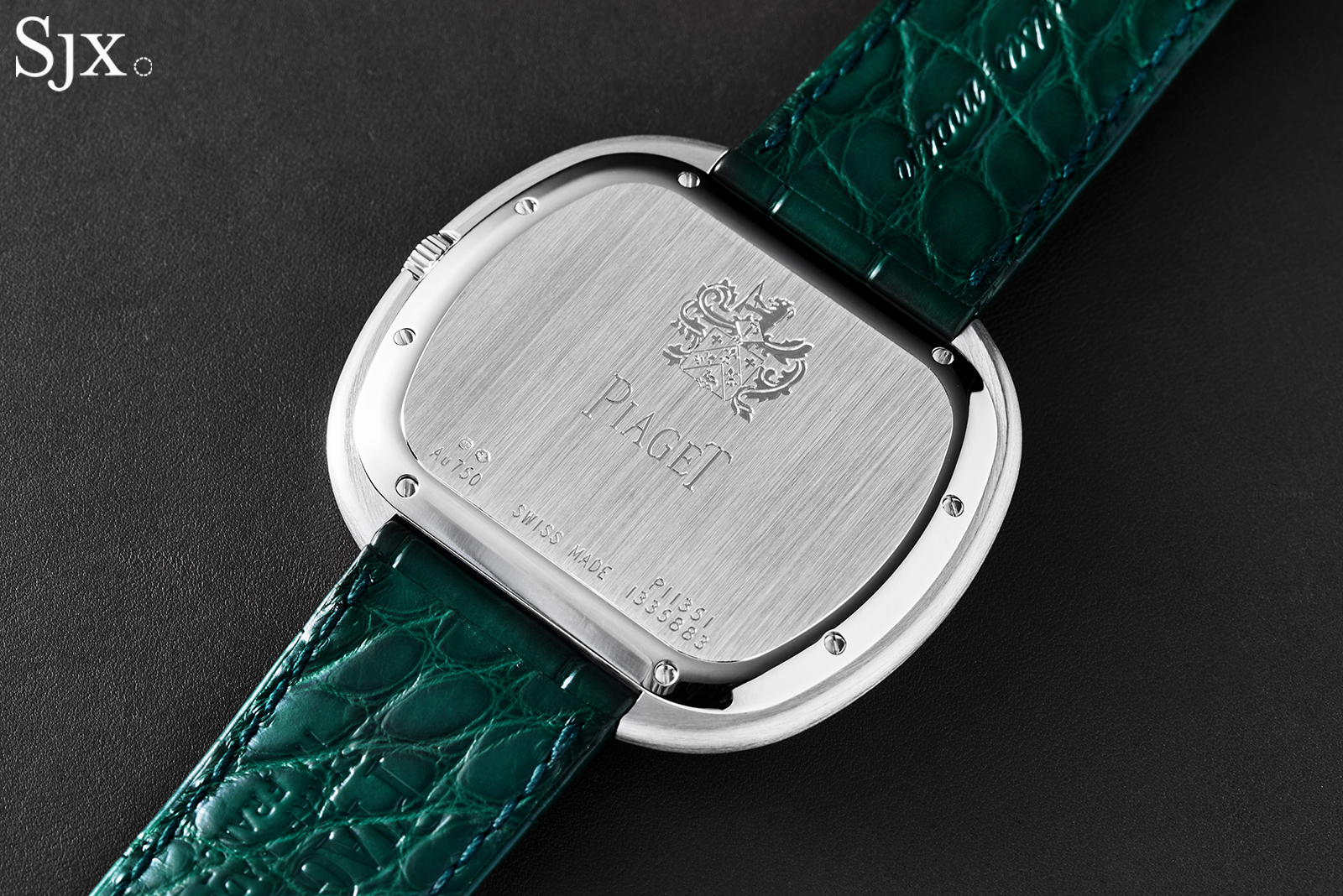
The movements are competent and also decorated with striping and blued screws, but industrial in execution. A thin, manual-wind movement (of which Piaget has many in its stable) would be better suited to the Andy Warhol, both in terms of concept and tactile wearer interaction.
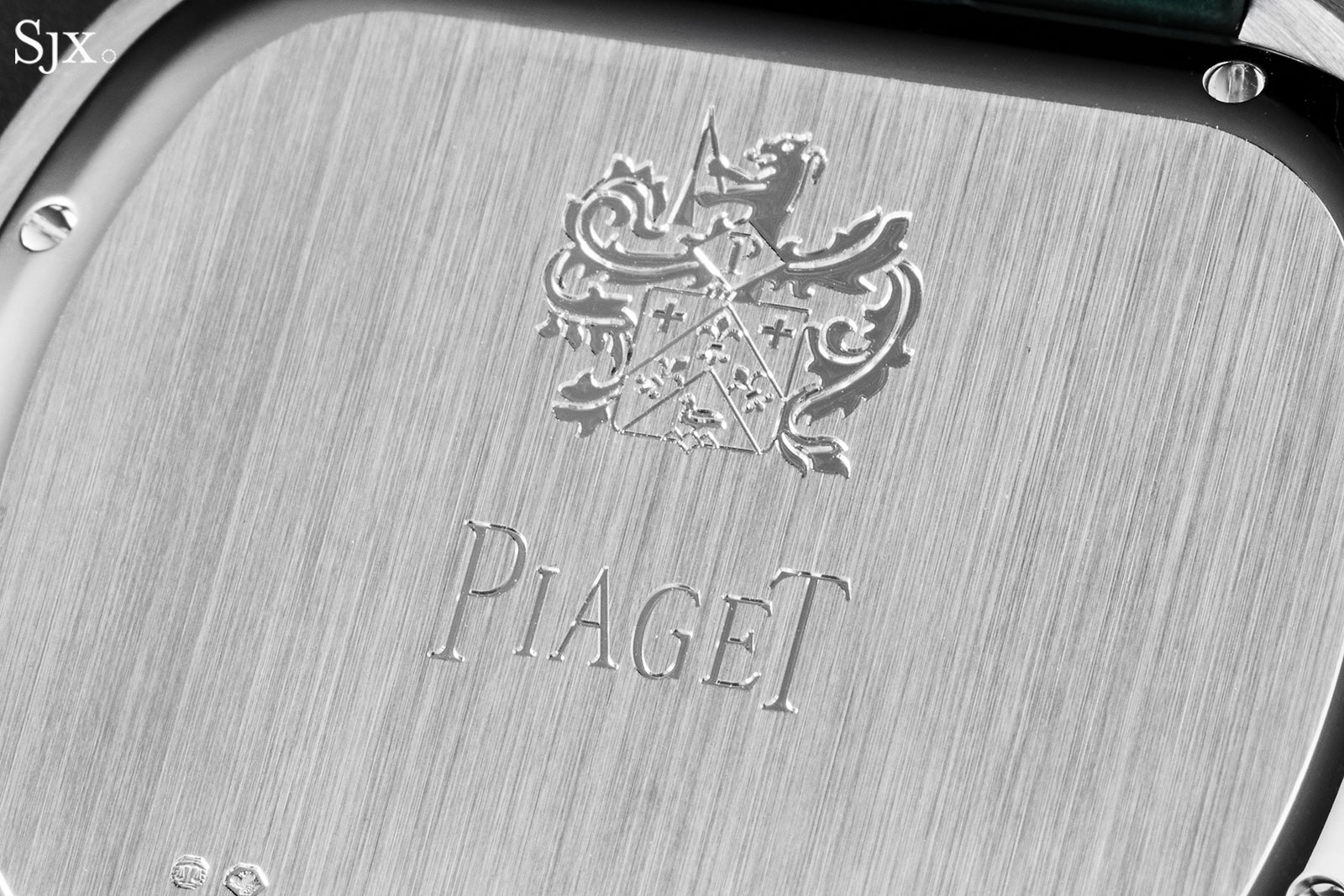
Concluding thoughts
Piaget has done well with the Andy Warhol. It is the brand’s most distinctive men’s dress watch. Aesthetically it works well; the design, size, and feel are just right.
It is, however, a pricey watch, and for the cost the movement should be a little more sophisticated and ideally manual wind. However, customisation can make this a little more special, and if Piaget makes the Andy Warhol in small numbers, keeping it rare, the appeal is enough to overcome the price.
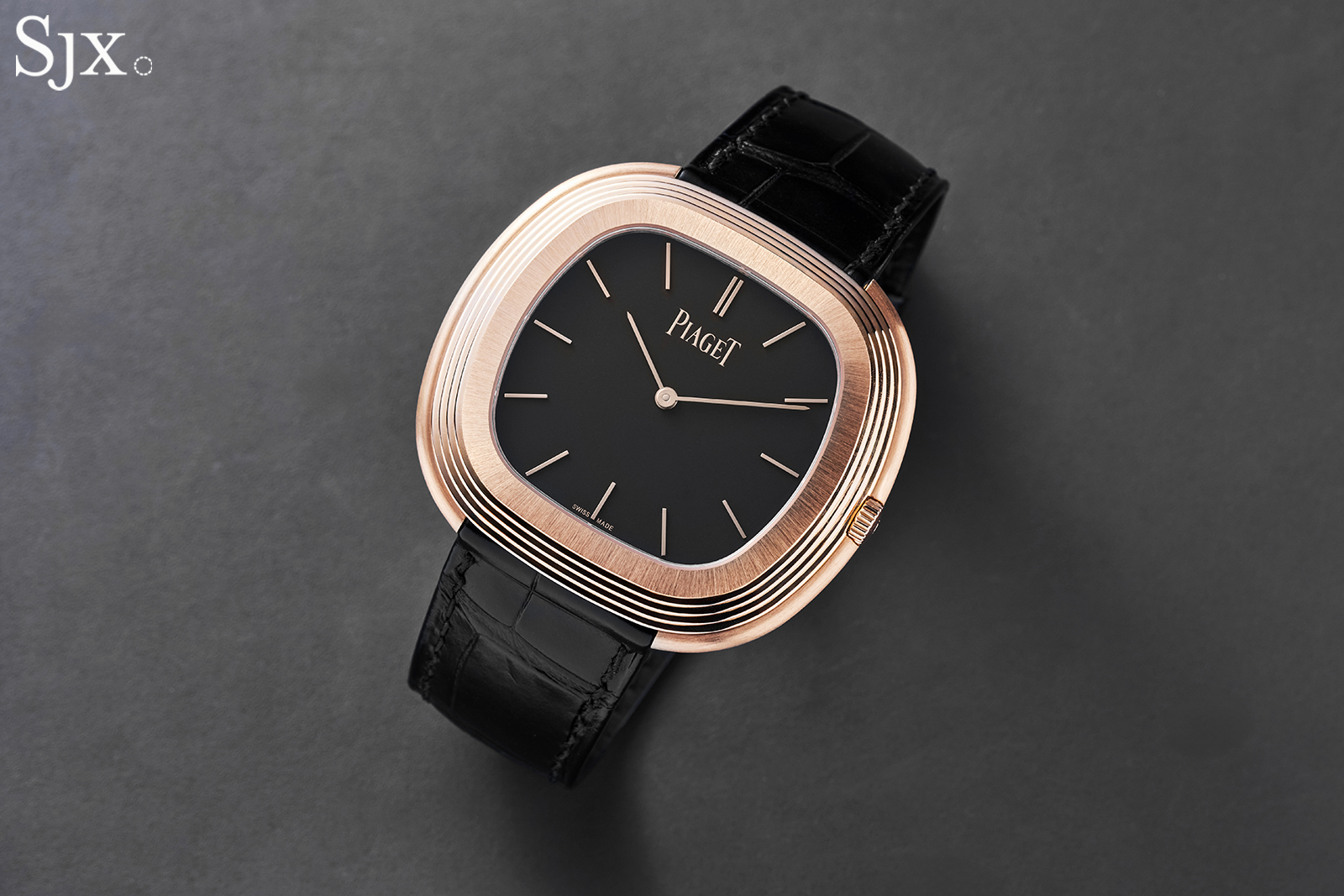
Key facts and price
Piaget Andy Warhol
Ref. G0A42236 (rose gold, black dial)
Ref. G0A48239 (rose gold, malachite dial)
Ref. G0A43238 (white gold, malachite dial)
Ref. G0A49238 (white gold with clous de Paris bezel, blue meteorite dial)
Case diameter: 45 mm
Case height: 7.6 mm (cal. 534P); 8.08 mm (cal. 501P)
Material: White or rose gold
Crystal: Sapphire
Water resistance: 30 m
Movement: Cal. 534P or cal. 501P
Functions: Hours and minutes
Winding: Automatic
Frequency: 28,800 beats per hour (4 Hz)
Power reserve: 40 hours
Strap: Alligator leather strap
Limited edition: No, but each watch is customisable in terms of case and dial
Availability: Now at Piaget boutiques and retailers
Price: US$48,900 in rose gold with a black dial; US$55,500 in white gold with a malachite dial; and US$63,500 in white gold with a meteorite dial
For more, visit piaget.com.
Back to top.

